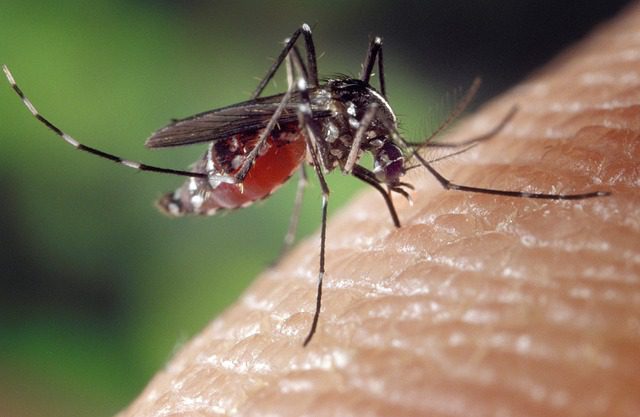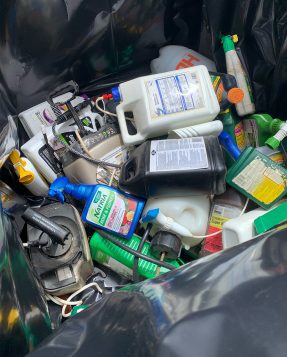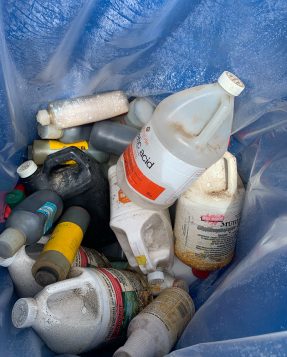By Evan McAteer
DestinationKP is a relatively newly proposed development that is aiming to establish three things: a sports center for Long Island-based youth, an expansive medical center and commercial retail opportunities.

The two groups spearheading the project are Prospect Sports Partners of New York and Agape Community Sports Services of San Antonio, Texas.
According to a Suffolk County Industrial Development Agency press release dated July 8, the IDA has agreed to support the ongoing development and that DestinationKP will be the “largest privately-owned, mixed-use sports and medical complex in the tri-state region.”
Located at 350 Old Northport Road, Kings Park, approximately 44.5 acres of land will be transformed into a “state-of-the-art regional tourist destination for sporting events, camps and tournaments.”
In a general overview of the project, DestinationKP is expected to cost upward of $92 million, and create more than 100 full-time employment opportunities. As a hub for visitors and tourists alike, the project would create steady tax revenue, as well.
In specific terms, DestinationKP will consist of six, multipurpose outdoor playing fields, and one practice field. For indoor sports, a 63,900-square-foot facility will be built, with 10 regulation basketball courts, three indoor multipurpose fields and a concessions complex.
While Agape Community Sports Services will be handling the development of the sports-oriented facilities, Prospect Sports Partners is set to lead the commercial/medical center’s construction. This medical office building will stand on 50,000 square-feet.
According to the press release, the IDA plans on supporting the medical center’s construction: “The more-than $22.5 million investment will be leased to a tenant specializing in providing medical care, rehabilitation services and other sports-related uses to become a sports medical hub and regional tourism destination. Moreover, the complex also received a significant amount of support from the Suffolk County Economic Development Corporation through $52 million in nontaxable bonds and $17.5 million in taxable bonds.”
The economics are sound and offer traveling families a “regional sports and tourism destination,” according to Kenny Henderson, a co-owner of Prospect Sports Partners.
DestinationKP has three objectives, the first of which is offering Long Island youth a place to safely gather and engage in organized recreational sports.
Kelly Murphy, executive director and CEO of Suffolk County IDA, said, “This groundbreaking project aims to provide our local youth, especially those encountering socio-economic obstacles, with access to organized sports opportunities that were once unavailable to them.”
The second objective is creating an economically stimulating project for local Long Island workers.
Murphy added, “The Suffolk IDA is proud to support this project that fulfills a significant need for our children and families, while providing high-quality job opportunities as well as substantial revenue generation for local businesses and taxing jurisdictions.”
The third goal of DestinationKP is the encouragement for tourism within Long Island broadly, and near the community itself.
“Any Long Island family who has children in competitive sports will tell you about the challenges and expenses associated with traveling to out-of-state tournaments,” Murphy said. “Having this asset in our region will be an enormous draw and become a sought-after destination that will keep the economic benefits of the complex’s numerous activities and offerings right here in Suffolk County.”
Highlighting Suffolk County IDA’s Long Island First policy,” which prioritizes in-community spending and supports local businesses, DestinationKP stands as an important supporter. The project itself does not have an expected completion date, but construction and funding are well underway. More information about DestinationKP and its developers can be found at the website: www.destinationkp.com.






















